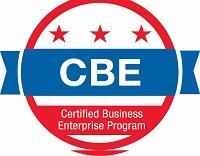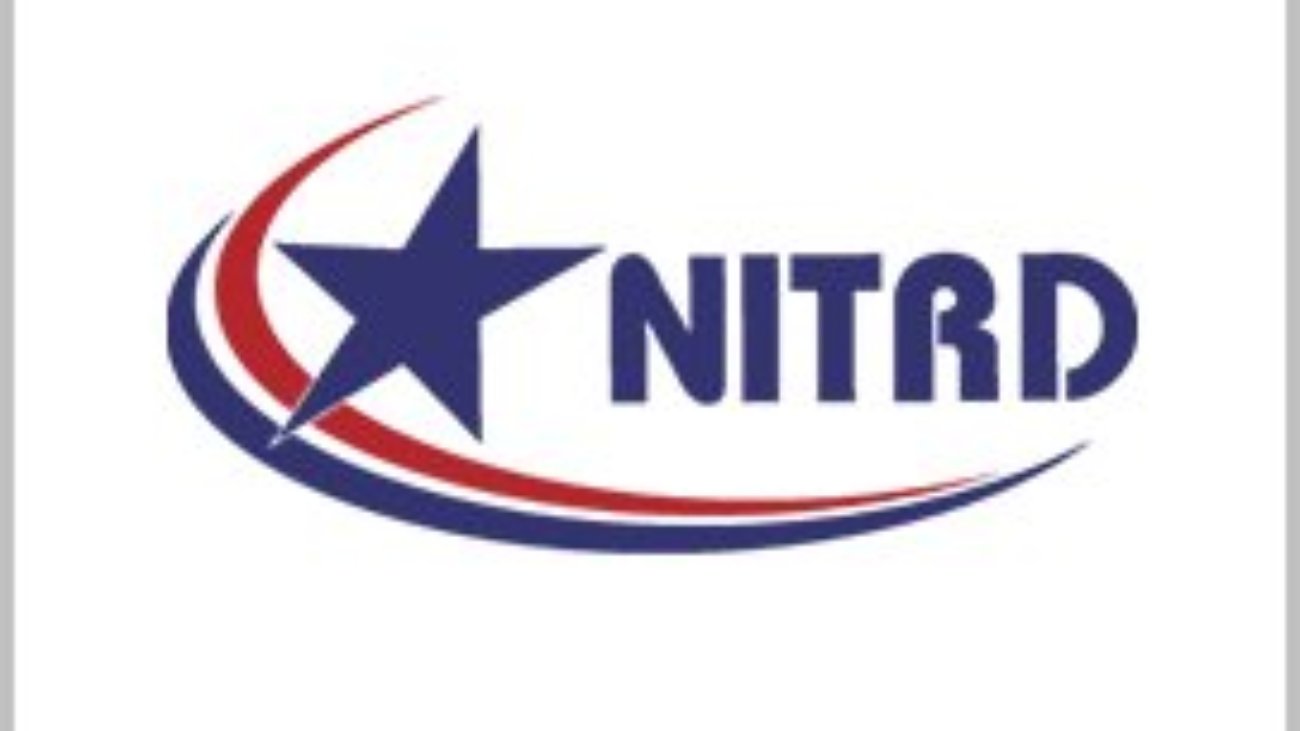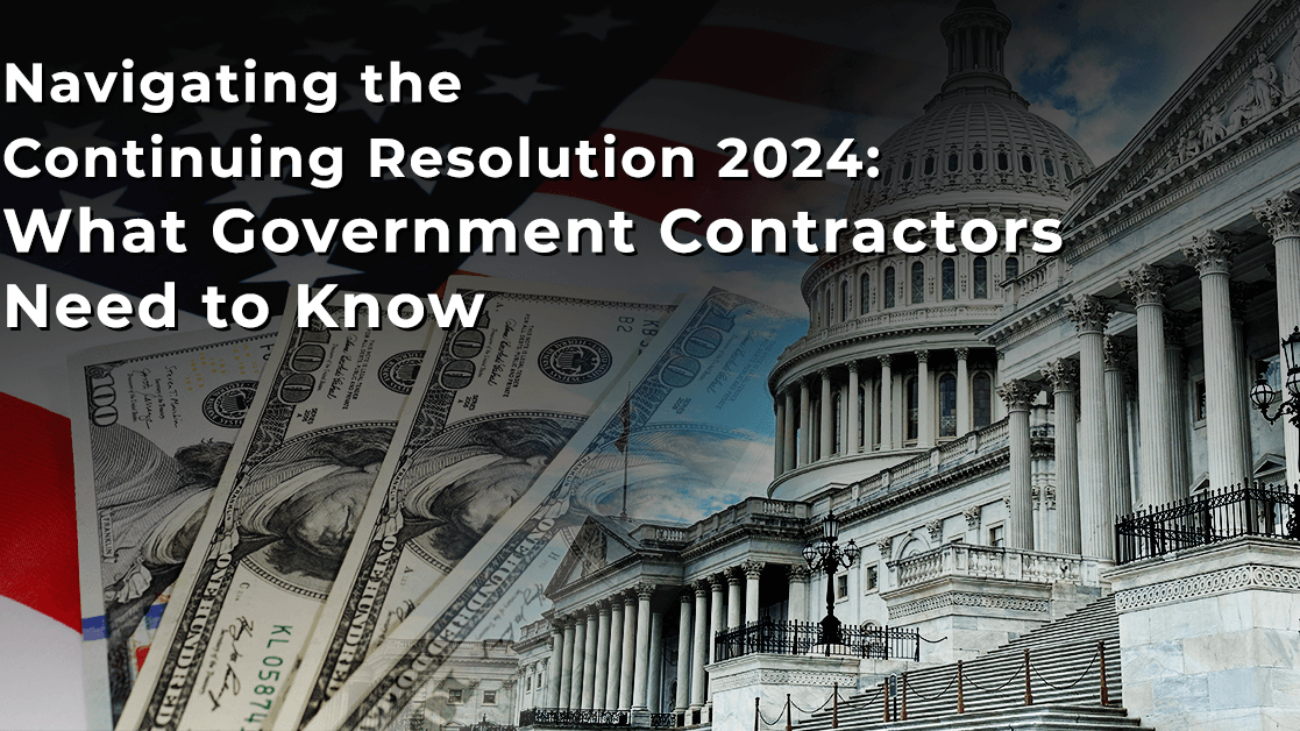Government contractors, you know the drill. Each year, it seems we face the same uncertainty as the fiscal year draws to a close — will there be a government shutdown, or will Congress pass a continuing resolution, or CR, to keep the lights on? For 2024, we find ourselves in the middle of this familiar scenario once again. In this article, we’ll break down everything contractors need to know about the Continuing Resolution of 2024, its implications and how to prepare for the weeks ahead.
Will There Be a Government Shutdown?
The question on everyone’s mind is — will the government shut down? The short answer is: no, not right now. Congress passed a stopgap funding bill on Sep. 25, which means the government will remain operational until Dec. 20. This CR temporarily avoids a shutdown, but it’s essential to understand that this is a short-term solution. The threat of a shutdown still looms if Congress cannot agree on a long-term funding plan after the Presidential election on Nov. 5.
The implications of a government shutdown can be severe for contractors. Projects may come to a halt, payments can be delayed and employees might face furloughs. However, with the CR in place, government operations, including contracts, will continue without interruption for now. This temporary relief gives contractors some breathing room but underscores the importance of staying prepared for any eventuality.
What Is a Continuing Resolution?
A continuing resolution is legislation that allows federal agencies to continue operating at current funding levels for a set period, buying Congress more time to agree on a full-year budget. In essence, it’s a financial Band-Aid that keeps the government running.
CRs are not new; they have been a recurring feature in U.S. budget policy. They help avoid the disruptive and costly effects of a government shutdown, but they also come with limitations. Under a CR, no new programs can start, and existing programs cannot expand their budgets. This status quo approach can limit a contractor’s ability to plan and execute long-term projects effectively.
For government contractors, understanding the nuances of a CR is crucial. It means maintaining flexibility and being ready to adapt to funding changes once a full-year budget is passed. Contracts may be extended or modified, and timely communication with contracting officers becomes essential to ensure smooth operations.
How Often Does Congress Pass a CR?
In short: quite often! According to the Congressional Research Service, Congress has enacted one or more CRs in all but three fiscal years since 1977. 1997 was the last fiscal year in which a CR was not needed or passed.
When Does Government Funding Run Out?
The current CR extends government funding until December 20, 2024. This timeline is critical for contractors to note. After this date, if Congress does not reach an agreement on the new budget, the risk of a government shutdown resurfaces.
In the weeks leading up to this deadline, government contractors should stay informed about legislative developments. Monitoring news from reliable sources, such as GovCon Wire, can provide valuable insights. Additionally, maintaining open lines of communication with your government’s contracting officers can help you anticipate any changes or disruptions.
Contractors should also use this time to review their contingency plans. Assess project timelines, identify critical milestones and ensure that essential tasks are prioritized. Being proactive in managing your contracts can mitigate the impact of funding uncertainties.
What Does This Mean for Government Contractors?
The passage of the CR brings both relief and challenges for government contractors. While it avoids an immediate shutdown, it perpetuates a state of uncertainty that can affect planning and operations. Here’s what you need to consider:
1. Project Continuity
With the CR in place, your current contracts will continue to receive funding, allowing ongoing projects to proceed. However, be prepared for potential modifications or extensions. Stay in close contact with your contracting officers to receive updates on any changes that may affect your work.
A great way to maintain dialogue with government leaders is to attend events, like those hosted by GovCon’s premier events organization, the Potomac Officers Club. Check out the Potomac Officers Club’s upcoming events and harness your opportunity for critical face time with federal decision makers.
2. Financial Planning
A CR often means operating with a level of financial uncertainty. Contractors should review their cash flow projections and ensure they have sufficient reserves to manage any delays in payments. Consider negotiating flexible payment terms with subcontractors and suppliers to maintain liquidity.
3. Staffing Considerations
The uncertainty of government funding can impact staffing decisions. Contractors may need to evaluate their workforce needs carefully. Avoid making hasty hiring or layoff decisions until there is more clarity about long-term funding. Communicate transparently with your employees about the situation and your strategy to manage it.
4. Compliance and Reporting
During a CR, contractors must remain vigilant about compliance and reporting requirements. Ensure that all project documentation is up to date and readily accessible. Accurate and timely reporting can help maintain a positive relationship with contracting officers and reduce the risk of audit issues.
5. Strategic Planning
Use the CR period to review and refine your strategic plans. Consider how your organization can remain agile and responsive in the face of funding uncertainties. Explore opportunities to diversify your contract portfolio and reduce reliance on any single funding stream.
Key Takeaways
The CR offers a temporary reprieve from the threat of a government shutdown, but it also highlights the need for vigilance and preparedness among government contractors. By understanding the implications of a CR, staying informed about legislative developments and proactively managing your contracts, you can navigate this period of uncertainty more effectively.
Government contracting is inherently unpredictable, but with the right strategies and a proactive approach, you can minimize disruptions and continue delivering value to your government clients. Stay tuned for further updates, and don’t hesitate to reach out to experts in government contracting for additional support and guidance.










